Environmental Education Week
Celebrating National Environmental Education Week 2021!
Earth Week Nature Hike
We are challenging you to take a closer look at nature around you! Find a patch of grass, a piece of bark on a tree, a stick, a flower, a bug or anything else in your backyard and just observe. What do you notice? What shapes, textures, colors, or movements do you see? Do you see any little critters that you wouldn’t have noticed otherwise?
Self-guided nature hikes in the Weaver Basin Trail System featuring wildflowers, trees, and natural history!
You can download the PDF trail maps and guides linked below OR download the KMZ files to use on your device with Google Earth, Avenza, or any other mapping application that can open a .kmz map file.
Please note: the flowers identified in this guide may no longer be in bloom in the locations specified. Continue to look for them on the entire trail as different areas may be blooming at different times of the season!
Follow the pink numbered rocks, enjoy and please be respectful of the trail and the species you see along it!

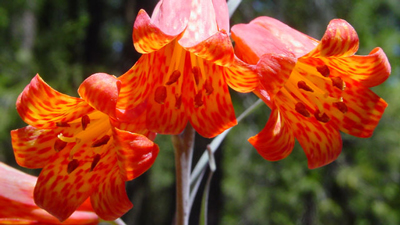
Macro Monday
We are challenging you to take a closer look at nature around you! Find a patch of grass, a piece of bark on a tree, a stick, a flower, a bug or anything else in your backyard and just observe. What do you notice? What shapes, textures, colors, or movements do you see? Do you see any little critters that you wouldn’t have noticed otherwise?




What little critters are living in your nearby stream? Chances are, if you stir up some rocks in a stream, you will find aquatic macroinvertebrates!
These little water bugs are not just fun to find, but can also give you an idea of how clean the water is!
Use these helpful guides when you are out collecting macroinvertebrates:




What can you do to protect the small lifeforms in your backyard? Follow these three easy steps:

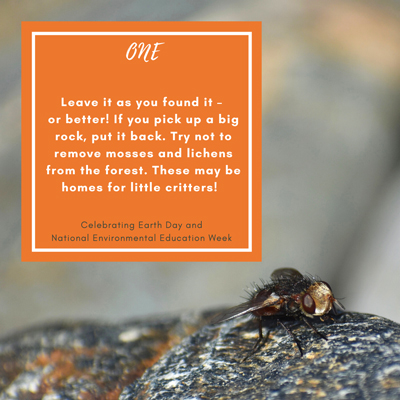


Trinity County Plants Tuesday
Why are native plants important?
Protecting native plants benefits all aspects of the local ecosystem! Native plants are well-suited for their natural environment, meaning they may require less water and maintenance. They also promote biodiversity and are especially important for pollinators, like birds and insects! Visit audubon.org/native-plants to search for native plants in your zip code, and find out what kinds of birds they attract!




Trinity County’s Most Wanted Invasive Species
Invasive plants are non-native species that can spread rapidly in a location and have harmful impacts on an ecosystem. Invasive species can increase the risk of wildfire, choke out native species, and reduce biodiversity.






These are only a few of the invasive species in Trinity County. Others of high concern include: stinkwort, jointed goatgrass, arundo donax, dalmation toadflax and yellow starthistle. You can find informative plant profiles and tips for removing the these species and more at https://www.cal-ipc.org/ .
Links to more information on four invasive plant profiles:
Pollinator Plant MVPs
Pollinators are vitally important to our ecosystems! Birds, bats, bees, butterflies, and beetles pollinate plants, meaning they transfer pollen from one plant to another. We have pollinators to thank for the food we eat and the plants and animals we live among. Here are 5 of the best native pollinator plants you can find, or plant, in Trinity County!






Find more information about pollinators and their conservation here: https://www.xerces.org/pollinator-conservation .
Garden Allies
Some bugs go above and beyond pollinating, actually protecting plants from harmful insects. Braconid wasps are considered one of such garden allies. These wasps pollinate plants, AND parasitize on aphids and other garden pests!

Braconid Wasp, Photo Credit: Judy Gallagher
For more informationabout Braconid Wasps, check out this article by the Pacific Horticulture Society .
Watershed Wednesday
Today is Watershed Wednesday! As we are heading into another critically dry summer here in Trinity County, it is everyone’s responsibility to conserve and protect our water resources! Do you know how much water you use? You can calculate your water footprint using this easy, interactive tool!

We are all connected by the water that runs through our Trinity River watershed! Here are ways you can help protect these water resources.
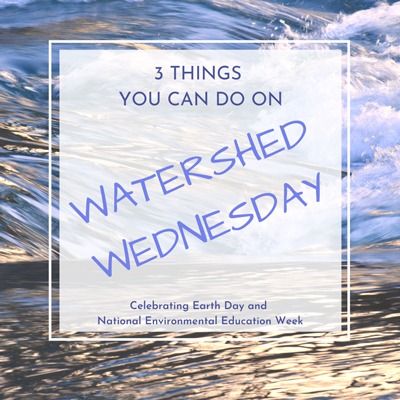




Fire Ecology Friday
Fires and healthy forests
Frequent low to moderate intensity fires are GOOD for Trinity County’s forest ecosystems!

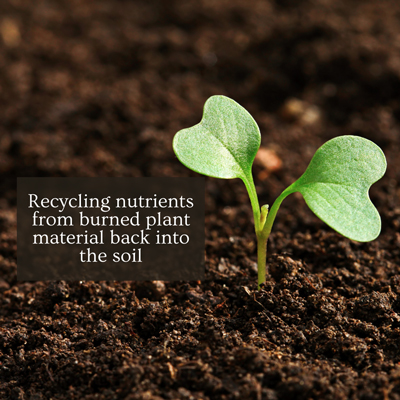




Fire Adapted Ecosystems
The rich ecological diversity of Trinity County has been largely influenced by the history of fire on this landscape. Frequent fire over thousands of years has led to a wide range of plant adaptations and symbiotic relationships within ecosystems.
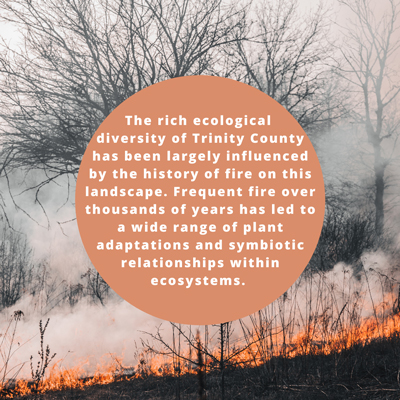


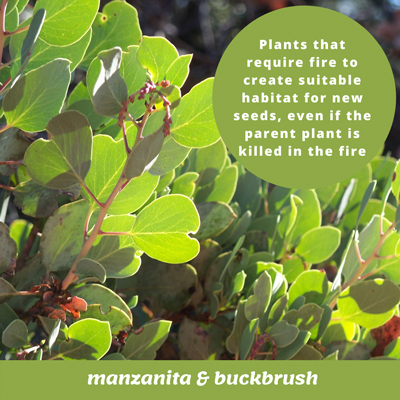

Fire as an ecological tool
Since time immemorial, indigenous tribes have flourished on and tended to these lands, using fire as a tool to create an abundant landscape. This extensive use of deliberate fire has shaped the ecological diversity here. Native Americans burned frequently to encourage growth of desired plants, increase foraging habitat for wildlife, and to manage pests. The art of burning good fires was largely lost in the 20th century due to settler colonization. Today, the key to restoring fire resiliency to our forests and communities lies in the practice of frequent deliberate burning of good fires, conducted by a collaborative team with a focus on cultural practices.











